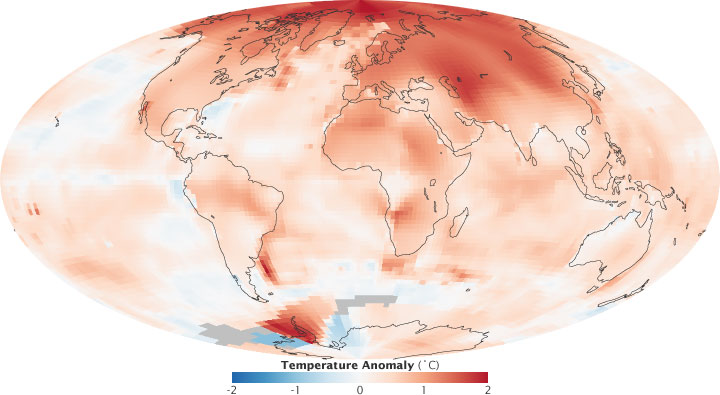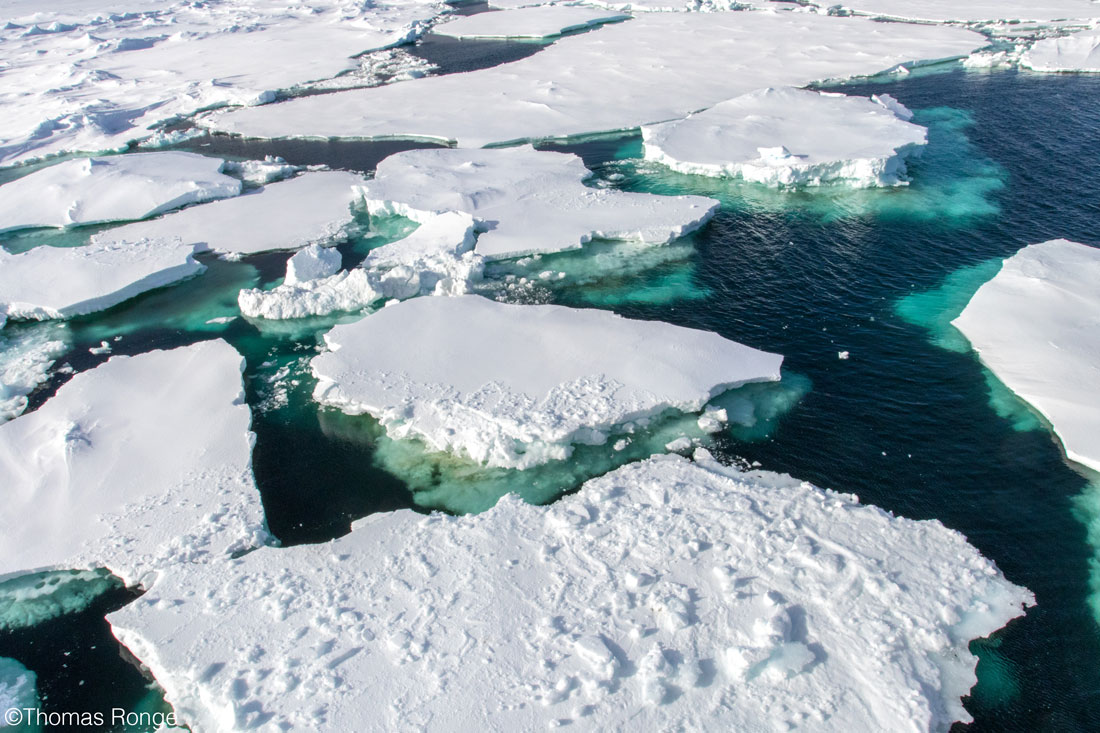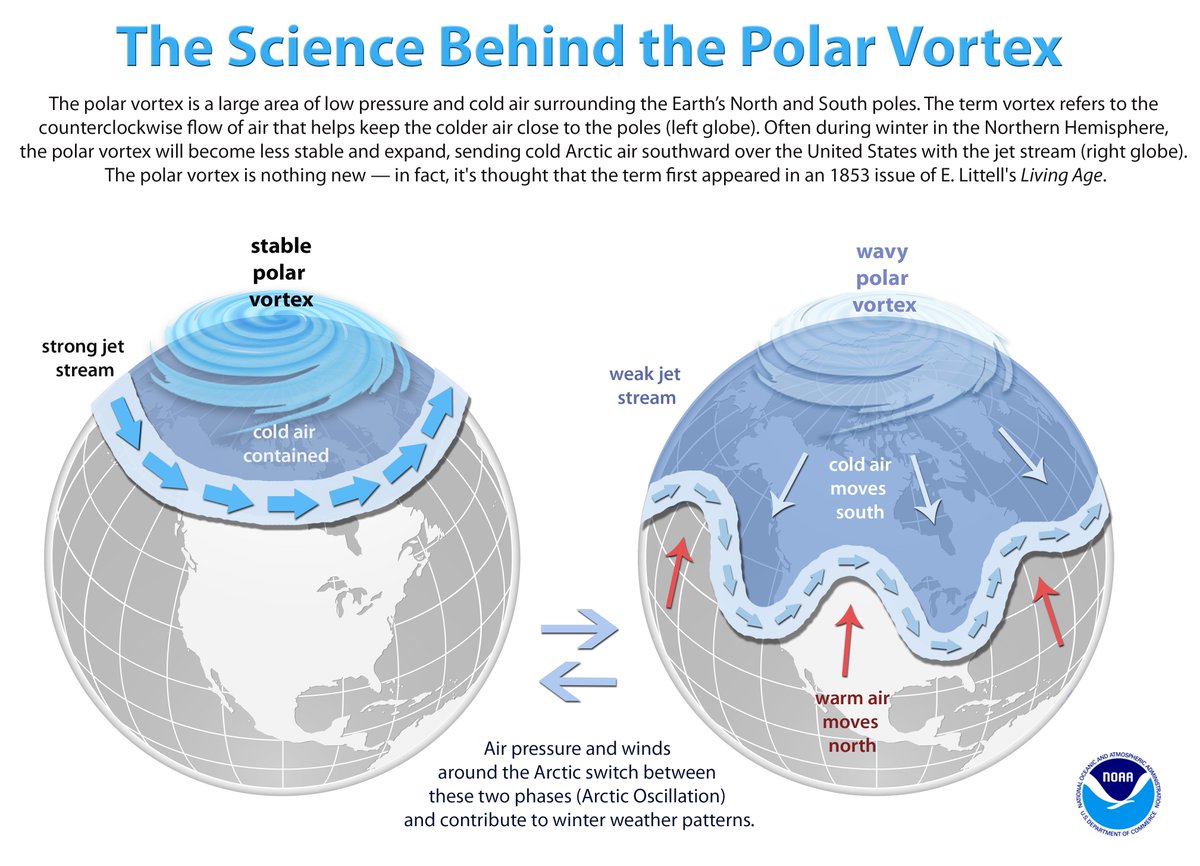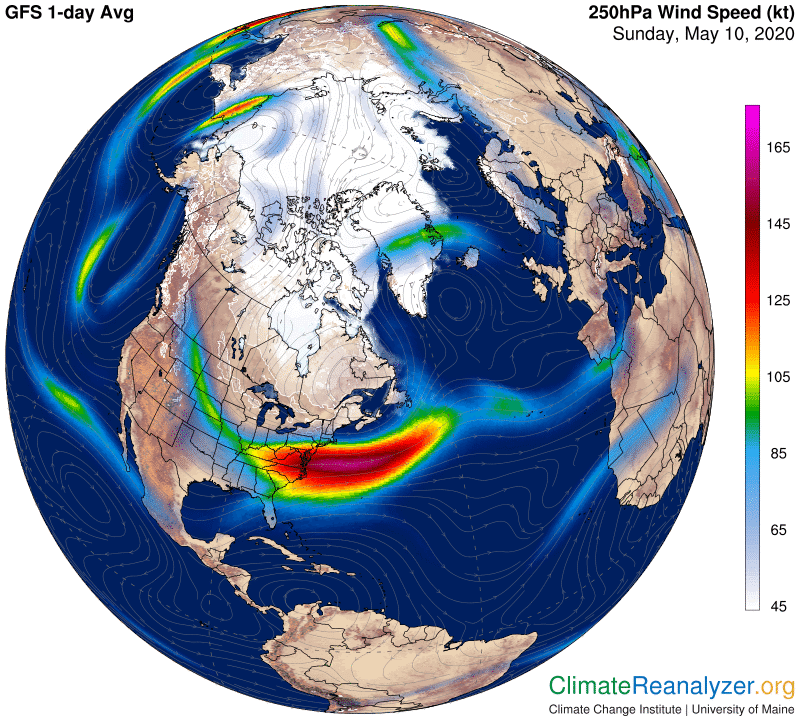Snow in Central Park, in May? This clearly disproves #GlobalWarming, and climate scientists will claim it’s “just” weather, right?
Well, 1) No! and 2) Yes…and No!
Lets dive into this!
1/n
https://twitter.com/NWSNewYorkNY/status/1258996203271802882?s=20">https://twitter.com/NWSNewYor...
Well, 1) No! and 2) Yes…and No!
Lets dive into this!
1/n
https://twitter.com/NWSNewYorkNY/status/1258996203271802882?s=20">https://twitter.com/NWSNewYor...
CO₂ is a very potent greenhouse gas, and over the years we have pumped A LOT of it into the atmosphere. This warms the entire globe, but due to a process called Arctic Amplification, the Arctic warms way faster than the rest.
 https://abs.twimg.com/emoji/v2/... draggable="false" alt="📸" title="Camera with flash" aria-label="Emoji: Camera with flash"> @NASA
https://abs.twimg.com/emoji/v2/... draggable="false" alt="📸" title="Camera with flash" aria-label="Emoji: Camera with flash"> @NASA
2/n
https://twitter.com/RemoteLongitude/status/1256878002320945152?s=20">https://twitter.com/RemoteLon...
2/n
https://twitter.com/RemoteLongitude/status/1256878002320945152?s=20">https://twitter.com/RemoteLon...
Sea ice has a very high reflectivity, so when the Arctic warms, more and more ice vanishes, giving way to dark ocean water. This absorbs more heat, warms the Arctic, more ice melts, more dark water and so on... A positive feedback (which is a negative thing)
3/n
3/n
But there are more (and also unknown) factors at play. In lower latitudes for example, thunderstorms transport heat from the surface into the upper atmosphere, cooling the surface. These are by far less common in the high polar latitudes.
4/n
4/n
OK, the Arctic warms! So what?
The temperature difference between the Arctic and the rest of the globe allows for a strong wind system (jet stream) to swirl around the upper atmosphere, separating the cold polar air from the rest.
5/n
The temperature difference between the Arctic and the rest of the globe allows for a strong wind system (jet stream) to swirl around the upper atmosphere, separating the cold polar air from the rest.
5/n
When the Arctic warms, the temp. difference gets smaller, the Jetstream gets weaker and “wobbly”. This weak, wobbly Jetstream allows for more warm air to enter the Arctic, but also for cold Arctic Air, to escape south to...let’s say NYC.
6/n
6/n
So as you see here, large parts of the Arctic are too warm, while the eastern US is too cold for this time of the year. Have a look to the right, where you see the 250hPa Wind speed, the jet stream.
7/n
7/n
You can see how the wind-band meanders, moving south and allowing the cold Arctic air to cool down eastern Canada and the US.
8/n
8/n
So, yes this is weather (climate is also weather but measured over long time intervals), but at the same time, this is an effect of a warming globe too!
9/n
9/n
And even without the polar vortex, we will still see cold spells. Global warming shifts the average from a more temperate to a more extreme climate.
10/n
10/n
And here some references to dive even deeper and to catch some things that were missed in this thread.
https://www.noaa.gov/multimedia/infographic/science-behind-polar-vortex-you-might-want-to-put-on-sweater
https://www.noaa.gov/multimedi... href=" https://earthobservatory.nasa.gov/images/81214/arctic-amplification
https://earthobservatory.nasa.gov/images/81... href=" https://www.nasa.gov/mission_pages/noaa-n/climate/climate_weather.html
11/11">https://www.nasa.gov/mission_p...
https://www.noaa.gov/multimedia/infographic/science-behind-polar-vortex-you-might-want-to-put-on-sweater
11/11">https://www.nasa.gov/mission_p...

 Read on Twitter
Read on Twitter
 @NASA 2/n https://twitter.com/RemoteLon..." title="CO₂ is a very potent greenhouse gas, and over the years we have pumped A LOT of it into the atmosphere. This warms the entire globe, but due to a process called Arctic Amplification, the Arctic warms way faster than the rest. https://abs.twimg.com/emoji/v2/... draggable="false" alt="📸" title="Camera with flash" aria-label="Emoji: Camera with flash"> @NASA 2/n https://twitter.com/RemoteLon..." class="img-responsive" style="max-width:100%;"/>
@NASA 2/n https://twitter.com/RemoteLon..." title="CO₂ is a very potent greenhouse gas, and over the years we have pumped A LOT of it into the atmosphere. This warms the entire globe, but due to a process called Arctic Amplification, the Arctic warms way faster than the rest. https://abs.twimg.com/emoji/v2/... draggable="false" alt="📸" title="Camera with flash" aria-label="Emoji: Camera with flash"> @NASA 2/n https://twitter.com/RemoteLon..." class="img-responsive" style="max-width:100%;"/>







